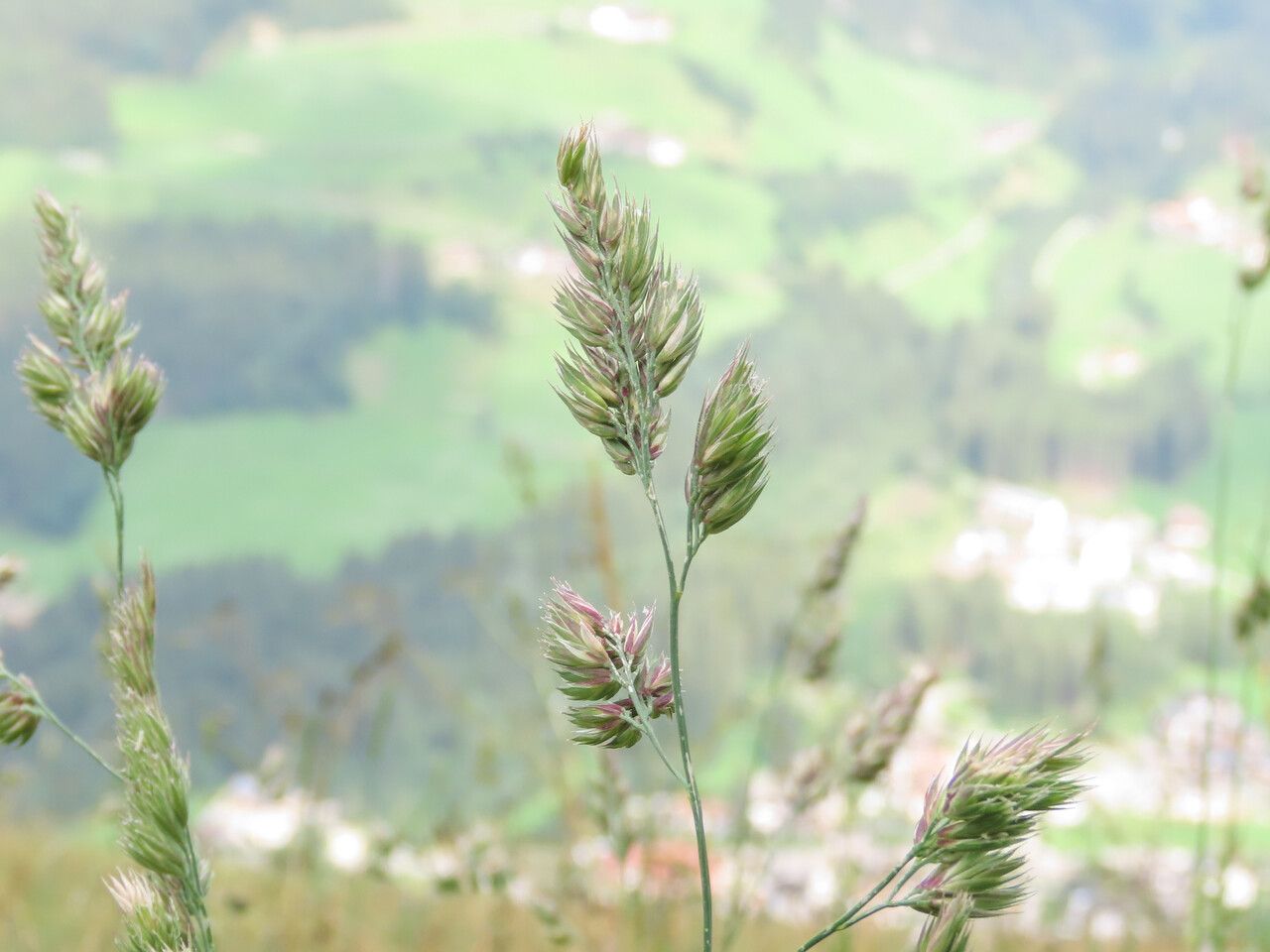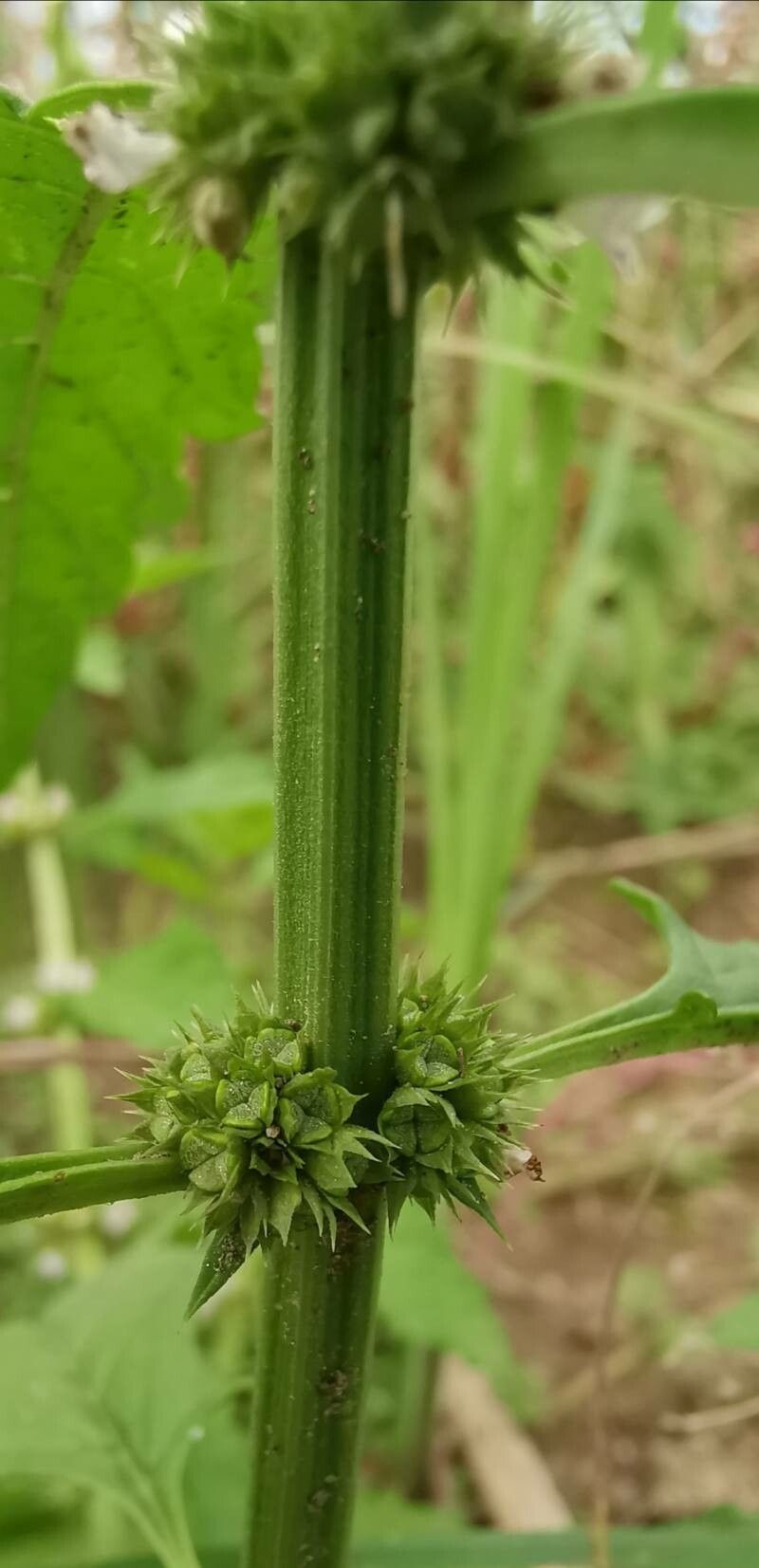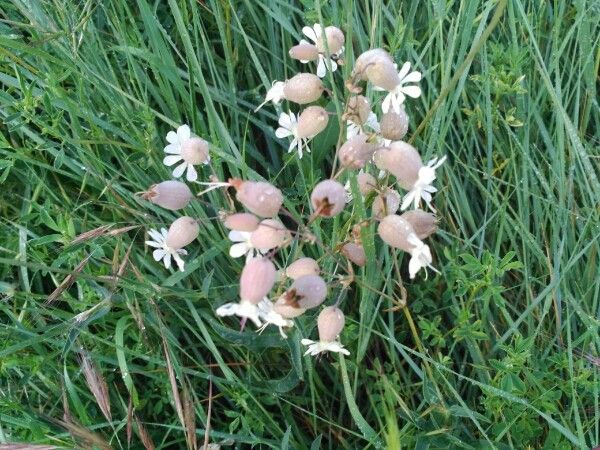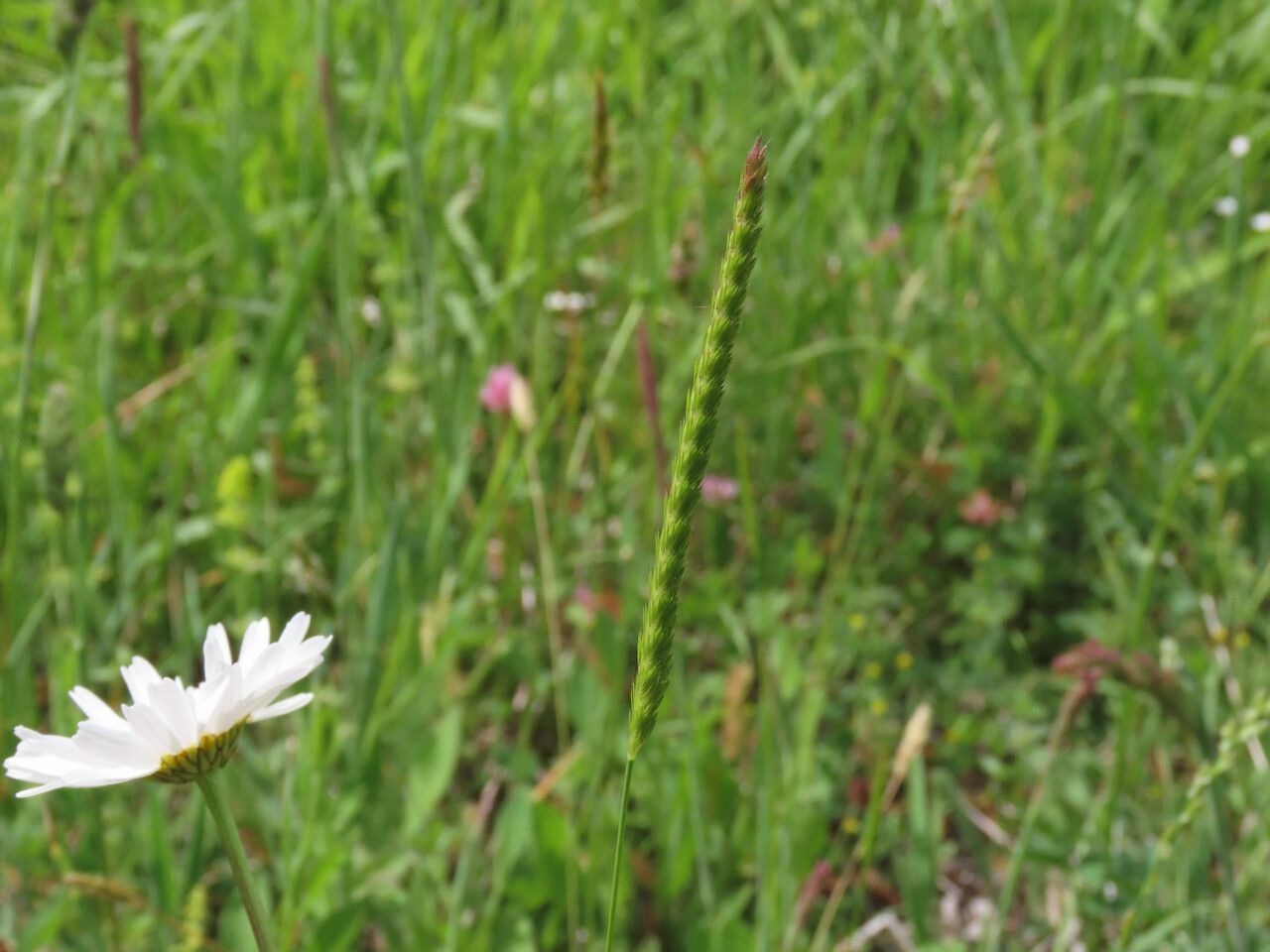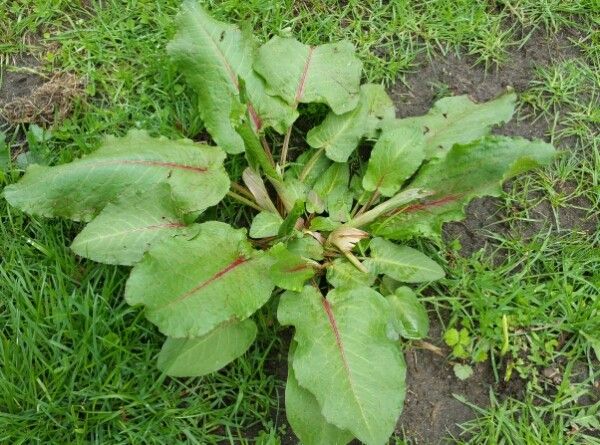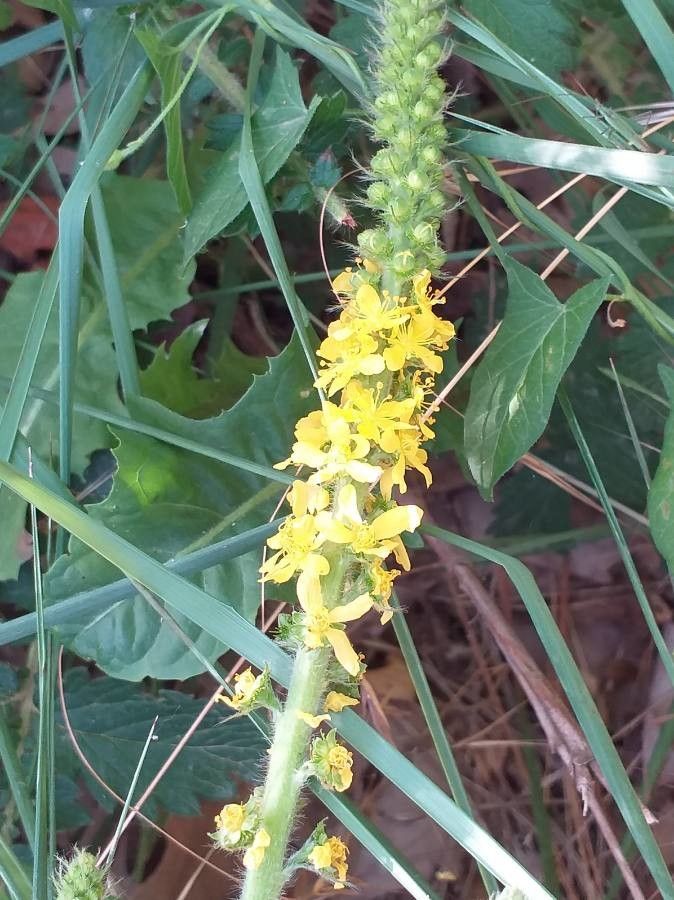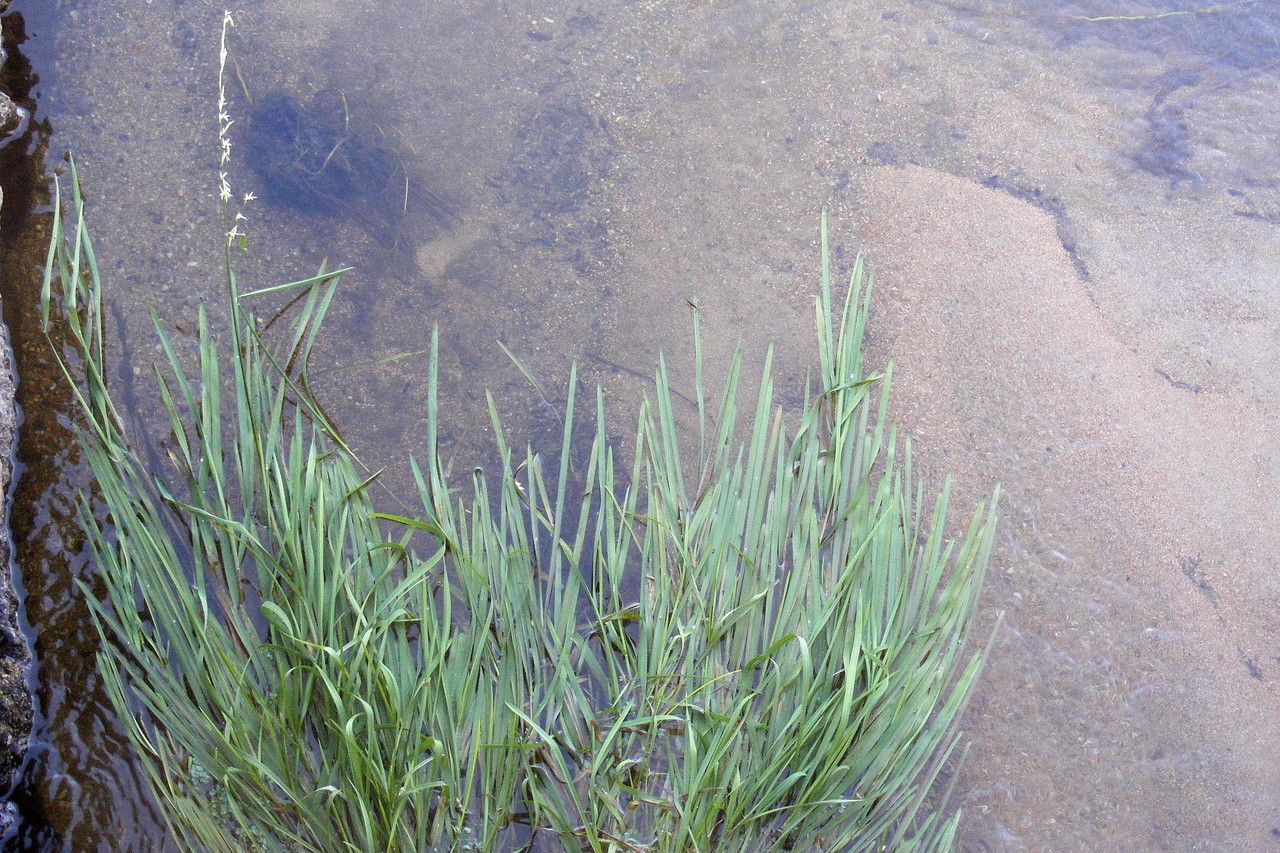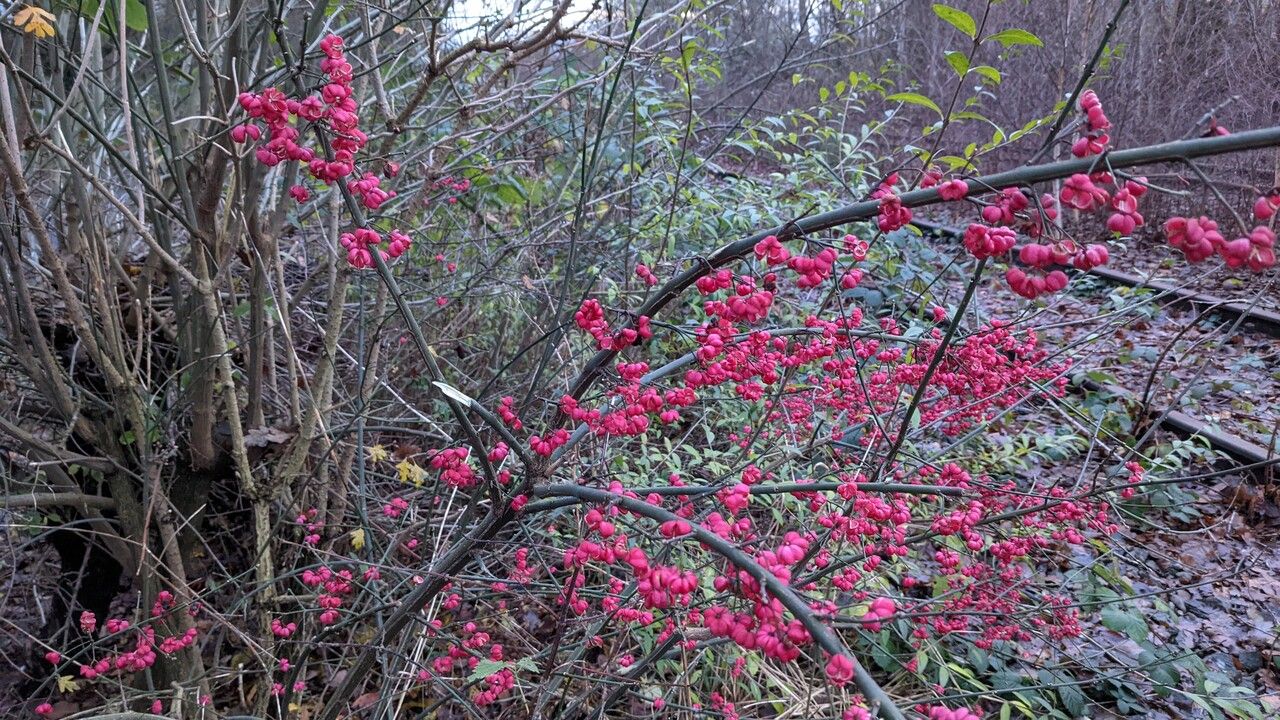Male fern
Meet the Male fern, a leafy green giant of woodlands! For centuries, it’s been used in folk medicine, though caution is advised. These ferns provide crucial shelter and food for forest creatures. Interestingly, Male ferns spread through spores, not seeds, unfurling their coiled fronds in spring like nature’s own little green question marks! Male fern … Read more

